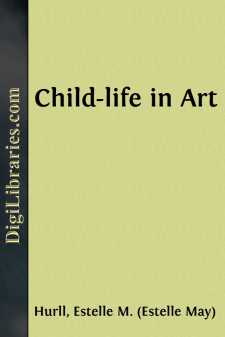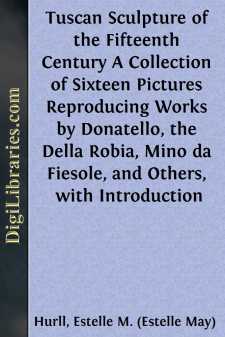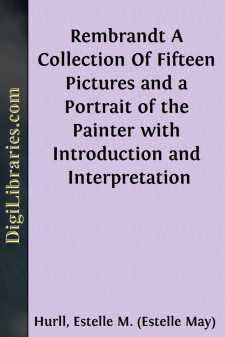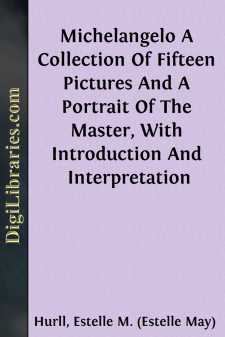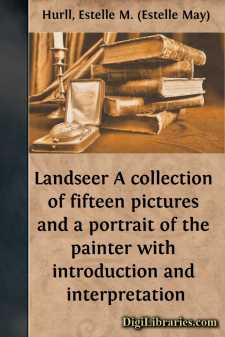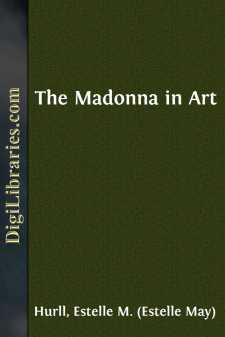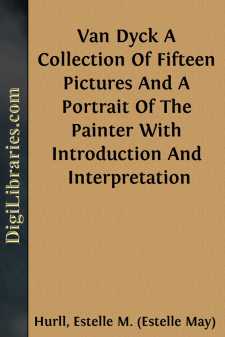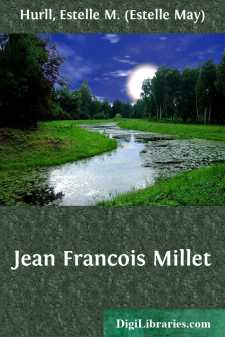Categories
- Antiques & Collectibles 13
- Architecture 36
- Art 48
- Bibles 22
- Biography & Autobiography 813
- Body, Mind & Spirit 142
- Business & Economics 28
- Children's Books 14
- Children's Fiction 11
- Computers 4
- Cooking 94
- Crafts & Hobbies 4
- Drama 346
- Education 46
- Family & Relationships 57
- Fiction 11829
- Games 19
- Gardening 17
- Health & Fitness 34
- History 1377
- House & Home 1
- Humor 147
- Juvenile Fiction 1873
- Juvenile Nonfiction 202
- Language Arts & Disciplines 88
- Law 16
- Literary Collections 686
- Literary Criticism 179
- Mathematics 13
- Medical 41
- Music 40
- Nature 179
- Non-Classifiable 1768
- Performing Arts 7
- Periodicals 1453
- Philosophy 64
- Photography 2
- Poetry 896
- Political Science 203
- Psychology 42
- Reference 154
- Religion 513
- Science 126
- Self-Help 84
- Social Science 81
- Sports & Recreation 34
- Study Aids 3
- Technology & Engineering 59
- Transportation 23
- Travel 463
- True Crime 29
Child-life in Art
Categories:
Description:
Excerpt
CHILDHOOD IN IDEAL TYPES.
O child! O new-born denizen
Of life’s great city! on thy head
The glory of the morn is shed,
Like a celestial benison!
Here at the portal thou dost stand,
And with thy little hand
Thou openest the mysterious gate
Into the future’s undiscovered land.
Longfellow.
CHAPTER I.
If we could gather into one great gallery all the paintings of child-life which the world has ever produced, there would be scattered here and there some few works of a distinctly unique character, before which we should rest so completely satisfied that we should quite forget to look at any others. These choice gems are the work of those rare men of genius who, looking beyond all trivial circumstances and individual peculiarities, discovered the essential secrets of child-life, and embodied them in ideal types. They are pictures of childhood, rather than of children, representing those phases of thought and emotion which are peculiar to the child as such, and which all children possess in common. In their presence every mother spontaneously exclaims, “How like my own little one!” because the artist has interpreted the real child nature. Such pictures may justly take rank among the highest productions of creative art, having proven their claim to greatness by their unquestioned appeal to universal admiration.
In work of this kind one name alone is prominent, a name which England is proud to claim as hers, but to which all the world pays honor,—the name of Sir Joshua Reynolds, Prince of Child-painters. A simple-hearted man, of sweet, kindly disposition, the great portrait-painter, bachelor though he was, possessed in rare measure the mysterious gift of winning the confidence of children. The great octagonal studio in Leicester Square must have often resounded to the laughter of childish voices, as he entertained his little patrons with the pet dogs and birds he used in their portraits, and coaxed them into good nature with a thousand merry tricks. Although the greater number of these little people belonged to the most wealthy and aristocratic families in England, their pictures do not in any way indicate their rank. Still less do they show any distinguishing marks of the artificial age in which they lived. Dressed in the simplest of costumes, of the sort which is never out of fashion and always in the best taste, and posed in the natural attitudes of unconscious grace, they are representatives of childhood, pure and simple, rather than of any particular social class or historical period.
A list of Sir Joshua’s child pictures may suitably begin with one which, in his own opinion, is among the best and most original of all his works. This is the Strawberry Girl, exhibited in 1773, and repeated many times by the painter,—“not so much for the sake of profit,” as Northcote explains, “as for improvement.” The model was the artist’s pretty niece, Miss Theophila (“Offy”) Palmer, who was named for his mother, and whom he loved as an own daughter....


